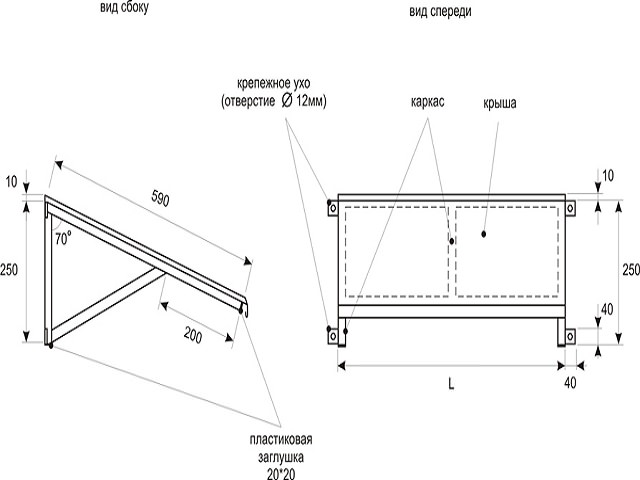
Козирка за климатик (навес/покрив) за защита на външното тяло в Железария в гр. София - ID25886108 — Bazar.bg

Външно тяло на климатика (33 снимки): размери на външните тела на сплит системата. Тяхната структура и тегло. От какво се състои блокът? Неговата схема

Външно тяло на климатика (33 снимки): размери на външните тела на сплит системата. Тяхната структура и тегло. От какво се състои блокът? Неговата схема

Козирка за климатик (навес/покрив) за защита на външното тяло в Железария в гр. София - ID25886108 — Bazar.bg

Козирка за климатика: характеристики на производството и монтирането на защитен навес със собствените си ръце - Ремонт със собствените си ръце

Козирка за климатика: характеристики на производството и монтирането на защитен навес със собствените си ръце - Ремонт със собствените си ръце

Козирка за климатика: характеристики на производството и монтирането на защитен навес със собствените си ръце - Ремонт със собствените си ръце
















